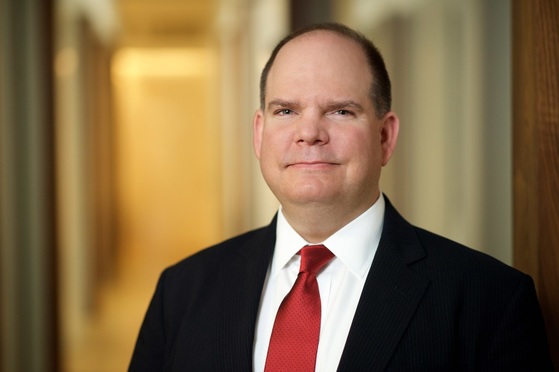In response to several high-profile racial bias incidents, companies such as Starbucks and Papa John’s, and government entities such as the NYPD and New York City Department of Education have been prompted to conduct training to aid managers and employees in recognizing, addressing and mitigating the effects of implicit or subconscious bias. For employment law practitioners, understanding these subtler forms of bias can be critical to sustaining or defending against a discrimination or harassment claim, as these cases often do not include a “smoking gun” piece of evidence or an allegation that neatly fulfills the various requirements of a cause of action. Moreover, bias on the part of managers or coworkers does not always manifest itself and cause harm in obvious, immediately apparent ways.
Although statistics-based proof and disparate impact theories are common in employment class actions, proving bias in court through subtle, even neutral-seeming conduct in single or multi-plaintiff cases can be challenging, and requires cumulative evidence and context that illustrates how certain loaded words contribute to the disparate treatment of the affected employees. Fortunately, federal and state courts have already pointed out the kind of facially neutral statements that, particularly when combined with other evidence and unequal practices, may prove workplace discrimination.


 Lawrence M. Pearson
Lawrence M. Pearson




